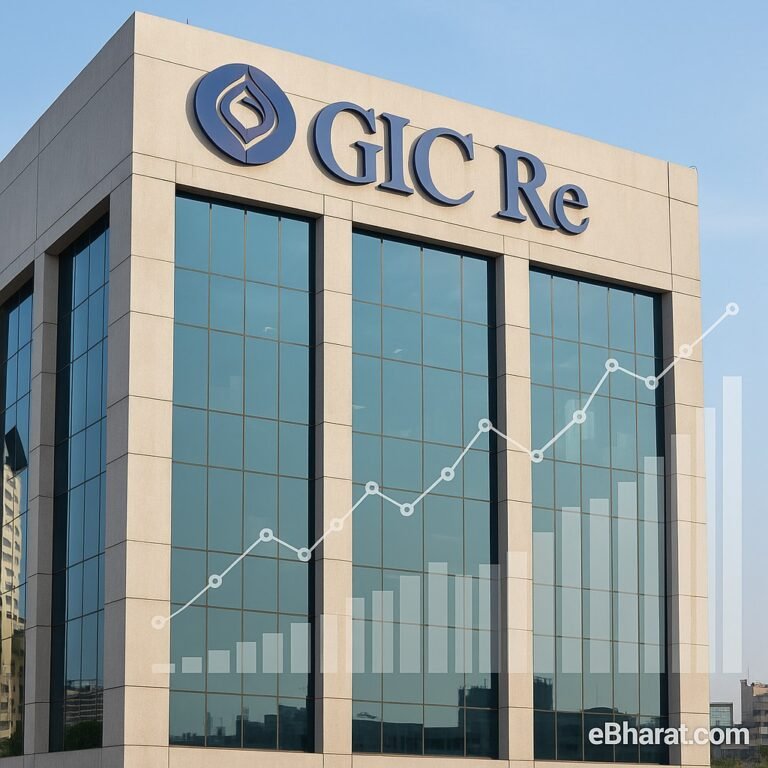
Introduction
Reinsurance is the insurance that insurers buy to protect themselves from massive losses. But just like a regular insurance premium, reinsurance also comes with a price tag. This price isn’t fixed—it depends on how risks are measured, transferred, and shared worldwide. Understanding reinsurance pricing gives insights into why your local insurance premiums may rise after global disasters.
1. The Basics of Reinsurance Pricing
- Risk Pooling: Reinsurers spread risks across multiple regions, so a flood in India may be balanced by calmer years elsewhere.
- Premium vs. Risk: Reinsurance premiums are set by evaluating both the probability of a claim and the potential size of losses.
New to Reinsurance?
This article is part of our reinsurance series. For a complete introduction—covering history, types, and role in the insurance industry—read our main guide.
What is Reinsurance2. Global Factors That Impact Pricing
- Natural Disasters: Earthquakes, floods, or hurricanes can sharply increase reinsurance costs worldwide. For example, a cyclone in Asia may push global reinsurance premiums up for the next year.
- Economic Inflation: Rising construction and medical costs mean higher claim payouts, which directly affect reinsurance prices.
- Climate Change: Increased frequency of extreme weather has forced reinsurers to adjust models and raise rates.
3. Pricing Models Used by Reinsurers
- Experience Rating: Based on the insurer’s past claims history. If a company has frequent large losses, its reinsurance cost rises.
- Exposure Rating: Focuses on the risk of future events rather than past data—used in catastrophe-prone regions.
- Catastrophe Models (Cat Models): Sophisticated software simulations that predict losses from rare events like earthquakes or pandemics.
4. Regional Differences in Pricing
- Developed Markets (US/Europe): Pricing is more stable, with well-developed catastrophe models and strong regulation.
- Emerging Markets (India, Africa, SE Asia): Pricing is often higher due to limited data, higher uncertainty, and greater exposure to natural hazards.
| Region | Key Risks | Pricing Trend |
|---|---|---|
| North America | Hurricanes, Wildfires | High & volatile |
| Europe | Floods, Windstorms | Moderate & stable |
| Asia (incl. India) | Cyclones, Floods, Earthquakes | Rising sharply |
| Africa | Drought, Political Risk | High due to uncertainty |
5. Role of Rating Agencies & Brokers
- Global agencies like A.M. Best and S&P assess reinsurers’ financial strength, which influences how much insurers are willing to pay.
- Brokers negotiate reinsurance contracts and pricing between insurers and reinsurers, making the process more efficient.
6. Why It Matters for India
For Indian insurers, the cost of reinsurance directly affects premiums for customers. For instance, after a major flood in South Asia, Indian general insurers face higher reinsurance costs, which eventually flow into higher motor or health insurance premiums.
Reinsurance pricing may sound technical, but it impacts everyone—from global insurers to the everyday policyholder. If risks are priced too low, insurers may collapse after big events. If priced too high, customers bear the burden through increased premiums.

Want to Explore the Insurance Industry Beyond Policies?
Understanding reinsurance is just one step. If you’re interested in selling insurance and building a career in this growing industry, you can start with us today.
Apply Now to Become an Agent












